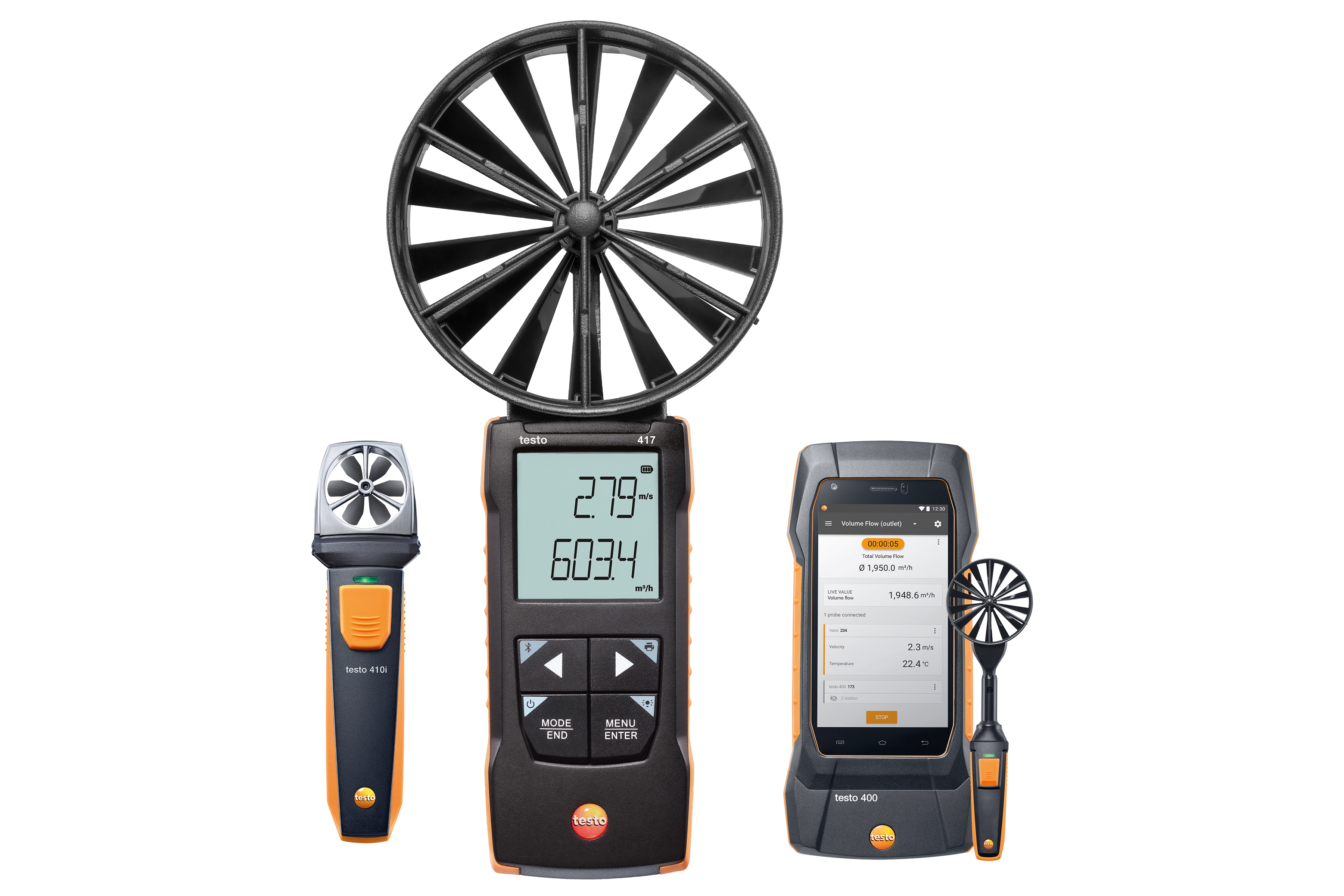The Role of an Anemometer in Improving Safety And Security for Outdoor Activities
The Role of an Anemometer in Improving Safety And Security for Outdoor Activities
Blog Article
Anemometers Revealed: Understanding Their Value in Ecological Surveillance and Security Measures
The function of anemometers in ecological tracking and safety procedures is frequently underestimated, yet their value is undeniable. From weather forecasting to aviation security, anemometers play an important duty in supplying exact data that notifies decision-making processes and improves total safety.
Background of Anemometers
The development of anemometers can be traced back to the old human beings where simple wind gauging devices were first utilized. One of the earliest known anemometers was the hemispherical mug anemometer designed by Leon Battista Alberti in the 15th century.
In the 18th century, the renowned scientist John Thomas Romney Robinson introduced the Robinson anemometer, which featured four hemispherical cups installed on horizontal arms that prolonged from a main axis. This design became a standard in meteorological measurements because of its accuracy and dependability. Throughout the years, innovations in innovation resulted in the growth of even more contemporary anemometers, consisting of ultrasonic anemometers and laser Doppler anemometers, using increased accuracy and performance in gauging wind rate and instructions. The history of anemometers showcases an amazing journey of development and progress in the area of weather forecasting.
Kinds Of Anemometers
Throughout the area of weather forecasting, different kinds of anemometers have been established to accurately determine wind rate and direction. Sonic anemometers utilize ultrasonic signals to gauge wind speed and instructions properly. Hot-wire anemometers operate based on the principle that the cooling impact of wind on a heated cable is symmetrical to the wind rate.
Applications in Weather Forecasting
Having gone over the numerous kinds of anemometers utilized in meteorology for determining wind rate and instructions, it is vital to discover their sensible applications in the field. Anemometers play an important function in meteorology by supplying real-time and accurate data on wind conditions (anemometer). Meteorologists use anemometers to monitor wind speed and direction to forecast weather patterns, issue warnings for extreme climate events like hurricanes, tornadoes, and tornados, and evaluate atmospheric conditions for aeronautics safety and security
In meteorology, anemometers help in comprehending local and regional wind patterns, which are important for forecasting weather condition modifications and identifying weather patterns. These devices are also used in study to examine microclimates, urban warm islands, and air contamination diffusion. Additionally, anemometers are used in agriculture to enhance crop management techniques, such as irrigation and chemical application, based on wind conditions.
Importance in Aeronautics Safety
An essential facet of guaranteeing aviation safety and security hinges on the meticulous tracking of wind conditions utilizing anemometers. Anemometers play a critical role in aeronautics by supplying real-time data on wind rate and instructions, aiding pilots in making notified choices throughout landing, liftoff, and trip. Uncertain and solid winds can considerably influence airplane operations, making it essential for air travel authorities to depend on precise wind dimensions to make certain the safety of guests and staff.

In the vibrant atmosphere of air travel, where also minor modifications in wind rate and instructions can have extensive impacts, anemometers stand as essential devices for advertising safe and secure and safe air travel.
Duty in Environmental Research
Anemometers play a critical role in ecological study by giving important data on wind speed and instructions. By precisely gauging wind attributes, anemometers aid scientists examine the motion of contaminants in the air, evaluate the effect of industrial emissions, and predict the spread of impurities in the setting.


Final Thought
To conclude, anemometers have actually played a critical function in environmental tracking official statement and precaution. With a rich history and numerous types readily available, these tools have actually been commonly used in weather forecasting, air travel safety and security, and ecological research study. Recognizing the relevance of anemometers is crucial for precisely gauging wind rate and direction, which is vital for anticipating weather condition patterns, guaranteeing safe aeronautics operations, and conducting ecological studies - anemometer. Their contributions to these fields can not be taken too lightly.
One of the earliest well-known anemometers was the hemispherical cup anemometer designed by Leon Battista Alberti in the 15th century. Over the years, developments in modern technology led to the development of even more modern anemometers, including ultrasonic anemometers and laser Doppler anemometers, offering enhanced accuracy and efficiency in determining wind rate and direction. Hot-wire anemometers run based on the more information principle that the cooling impact of wind on a warmed wire is symmetrical to the wind rate. Meteorologists use anemometers to keep an eye on wind rate and instructions to forecast weather condition patterns, problem cautions for severe weather condition occasions like hurricanes, tornadoes, and storms, and analyze climatic conditions for aviation safety.
Understanding the importance of anemometers is necessary for properly gauging wind speed and instructions, which is important for forecasting climate patterns, making certain secure aeronautics procedures, and performing ecological studies. (anemometer)
Report this page